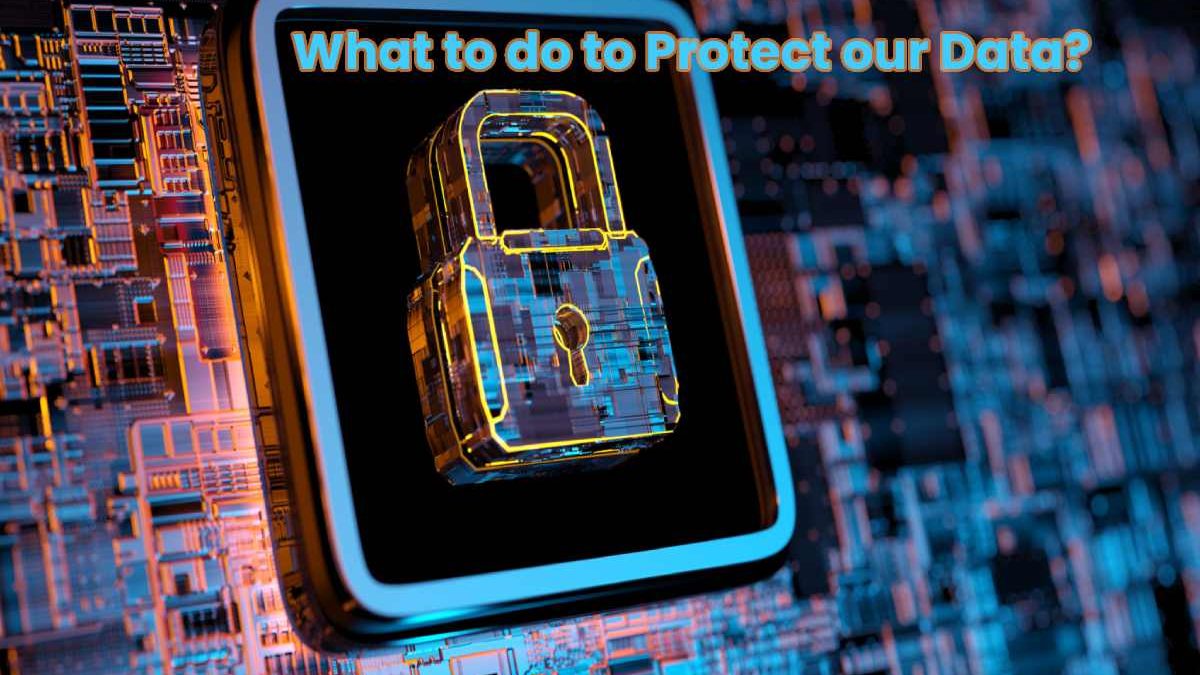Protect our data better. Both experts consulted by BBC Mundo reveal some tips and measures that can be taken additionally to be safe using cryptography.
It is a reality that sophisticated tools that use cryptography are not enough to protect our data better.
Table of Contents
1. Encrypted Message
See if a messaging app says it encrypts messages end-to-end.
“They are clues that our information is being treated with a certain security,” says González Vasco.
“There are also applications that allow calls and SMS (text messages) to be encrypted for people with very important or confidential information,” adds Torriano.
2. Privacy Policies
Always read the privacy policy of the applications.
“It is important to be aware that it is not necessary to give all our data to an online music service platform for them to give us recommendations. Technical tools allow us to make recommendations without giving up too much data,” says González Vasco.
“If I want an app that measures my steps, for example, is there one whose privacy policy guarantees that it will erase my ride data?. Do I have control over that data? Reading that kind of stuff makes us a lot less vulnerable.”, Add.
3. Detectors
There are tools with cryptographic support that we can download to quickly detect if malware (malicious software) enters through an application.
“This is some kind of software that can be installed with an application that seems innocent, and that ends up reading other information that may be stored on our phone.” González Vasco describes.
4. Aggregators
“Aggregators (content readers or compilers) are very convenient because you can look at everything in a single application, such as bank accounts. But I think this type of resource must be use with great caution,” warns Professor González Vasco.
For example, a supermarket where you shop online allows you through its website to make the shopping list for them and other different stores.
“So to the supermarket, which is usually the owner of the aggregator, you are giving not only the data of what you buy from him but also that of everything you buy,” explains the specialist.
5. Public Connections
“When you connect to public internet networks (WIFI), you should not enter personal sites, such as the bank, to make a transaction. These are open networks that are not encrypted and that other people may be accessing your information, Torino warns.
Nor “charging the laptop anywhere, or USB source in a cafeteria in an airport. These are very convenient actions. But they can have consequences if one carries sensitive information on the computer.” adds González Vasco.
6. Virtual Private Network
If you would like to protect your cell phone, you should install a VPN (Virtual Private Network) application. In basic terms; how VPNs work is that they encrypt a device’s internal web traffic in order to protect it from external threats.
“It’s like a tunnel through which the encrypted data goes, which allows the communication to be ‘encrypted’ and that someone cannot intercept it. There are even free applications to download on the mobile phone,” advises Torino.
7. Anonymity
“Another measure to promote user privacy is to use anonymous networks like Tor or I2P, or Freenet,” says Torino.
Firstly these networks “intend to preserve the user’s privacy so that those traces that we leave when we surf. The Internet are not discover by putting many intermediate elements such as servers and also using cryptography.”
“And this is like everything else: there are people who use anonymity to protect their privacy but others, unfortunately. Use it to do illegal things. such as trafficking in arms, drugs, people, etc.” he highlights.
8. Secure domains
“When we access certain domains (Internet addresses), we must ensure that the browser is secure,” explains the doctor in Computer Science, Carmen Torino.
“Many appear with a green or red padlock, and if shows HTTPS (with the ‘s’ at the end), it means that we are using an encryption layer. which is recommend because we are browsing trust sites,” he adds.
9. Digital certificate
“You can install a digital certificate and use it to sign documents. This is also part of cryptography,” says Torino.
The digital certificate allows the electronic signature of documents. Whoever receives a signed copy can be sure that it is the original. it was not manipulate, and the author of the electronic signature cannot deny his authorship.
10. Backup or “Back up.”
“It is recommend as a protection measure to make a backup (information backup) of the phone’s data in being a victim of misused cryptography,” says Torino.
An example of this is being attack by ransomware, which infects the phone by encrypting the data so that the user cannot access it. This is the cryptography use to attack,” says the cybersecurity specialist.
The backup can done by connecting the phone to the computer or the cloud.
user education
“It is essential to alert people continuously revealing their location, consumer tastes. Or political ideas to provide power to groups that escape control. And that makes us much more vulnerable as consumers and citizens,” reflects Professor González Vasco.
“Unfortunately, cryptography is not like good medicine. It is more like good hygienic habits add to a good diet. We can do much that cannot be replace by magical technological tools that we have on our cell phones. He concludes .

